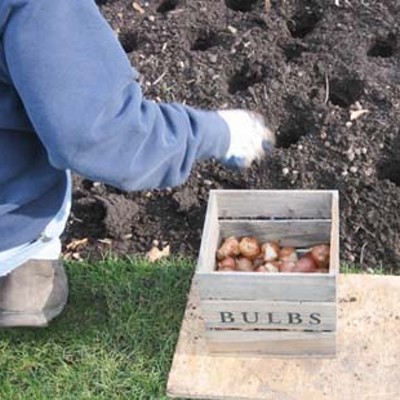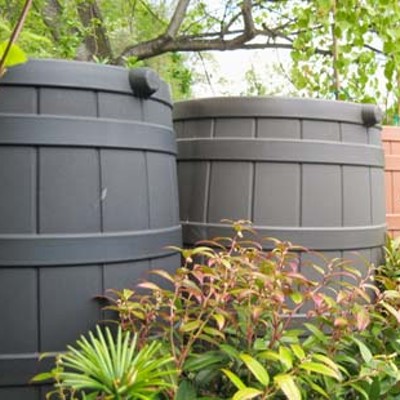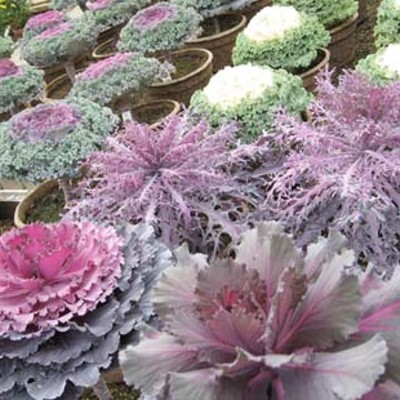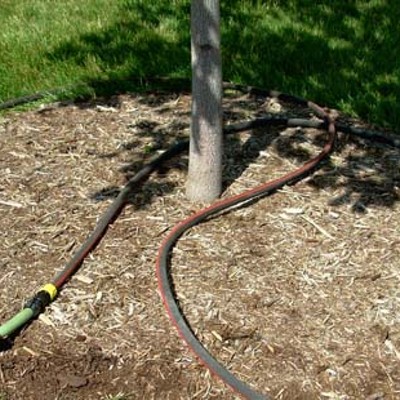Testing the soil in a vegetable garden is quickly done, and the benefits are long-term. University of Illinois Extension horticulture educator Richard Hentschel said that if the soil is right, gardeners should be able to produce fresh vegetables all season long.
“Gardeners can test their soil anytime,” he said. “Fall is best because the applied fertilizers and organic matter have had a chance to react with the garden soil, so readings are more accurate.”
Soil tests measure pH, which is the level of soil acidity or alkalinity. A pH of 6.0 to 7.0 is necessary to ensure that nutrients needed for good growth are available to the plant.
“If gardeners have added lots of organic matter over the growing season, the pH is likely to be in the 6.0 to 6.5 range, which is good for the vegetables,” Hentschel noted.
“A level of 3 to 4 percent organic matter is good,” he continued. “It can be home-grown composts, well-rotted animal manures and even the annual turning under of disease-free vegetable plant parts.”
He noted that, particularly in newer subdivisions where the soil was disturbed during construction, adding organic matter will benefit the garden. As well as providing nutrients and water-holding capacity, organic matter helps to restructure the soil.
“Gardens get better over time because the root systems that remain in the garden add to the organic matter content, and any mulches that get turned under help, too,” said Hentschel.
A typical soil test will also indicate phosphorus and potassium levels. These two, along with nitrogen, are the “Big Three” nutrients used by the plants.
Phosphorus and potassium are stable in the soil, so their levels remain relatively constant over time. If the soil test shows that they are at proper levels, adding any more can contribute to the degradation of groundwater. Nitrogen, however, is water-soluble and its level varies considerably over time. It is likely that, by the time the results of a soil test come back, nitrogen levels will have changed.
Soil sampling is easy. Take the samples near the middle of the garden. Take vertical samples to a depth of six to eight inches, the level at which most vegetable plants find their food.
Using a garden shovel or spade, dig a small hole to an eight- to nine-inch depth. Using the shovel or spade, slice down one edge of the hole. Repeat this process several times to be sure you get that representative sample for the actual test. Most labs require only a small butter dish full of soil; others provide small paper bags in which to submit the soil sample.
“You can even use a larger bulb planter to take your samples if it will go the eight inches,” said Hentschel. “If possible, after your test results and recommendations come back, put those amendments down this fall to let them begin to react with the soil.”
Extension has a website (http://urbanext.illinois.edu/soiltest/) to help gardeners find nearby testing laboratories. Choose a lab that can provide recommendations scaled for the home garden. The local county extension office may have suggestions; to find the nearest county extension office, go to http://web.extension.illinois.edu
/state/findoffice.html.
























